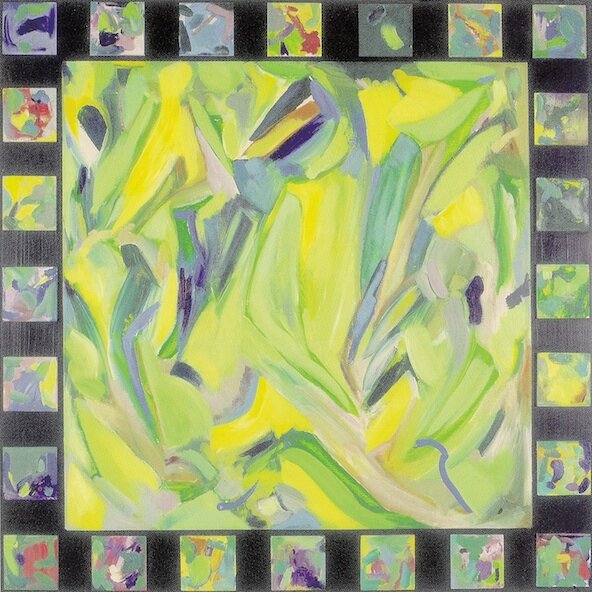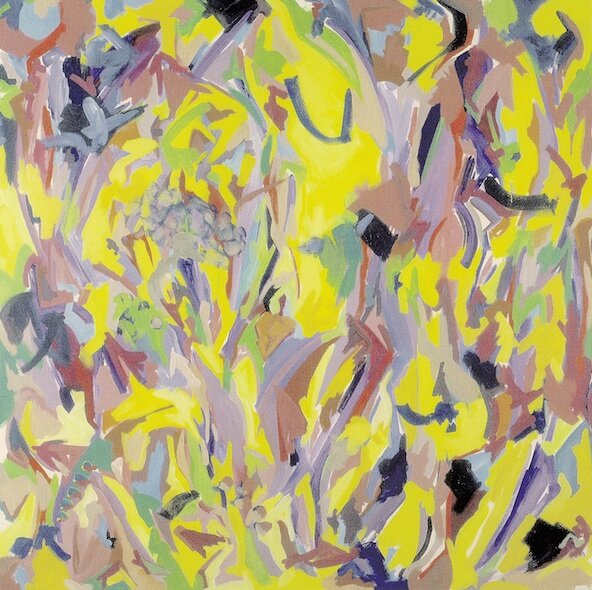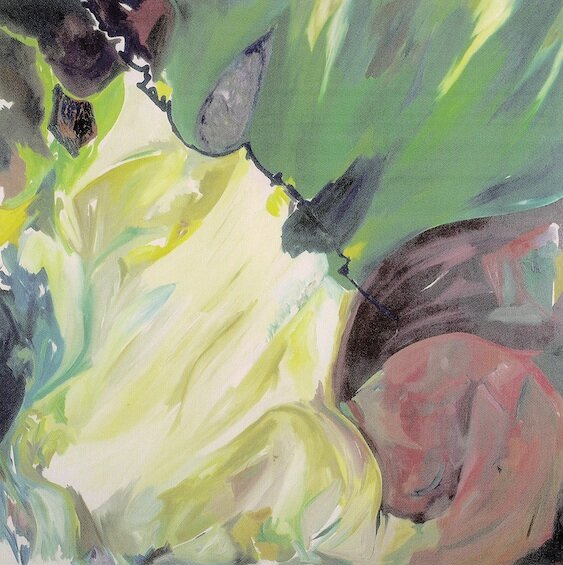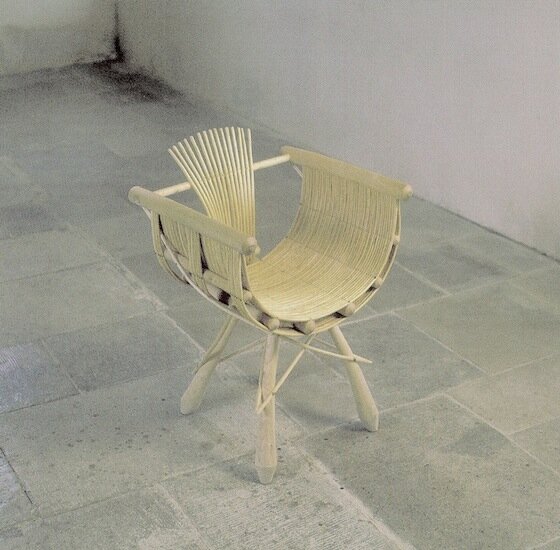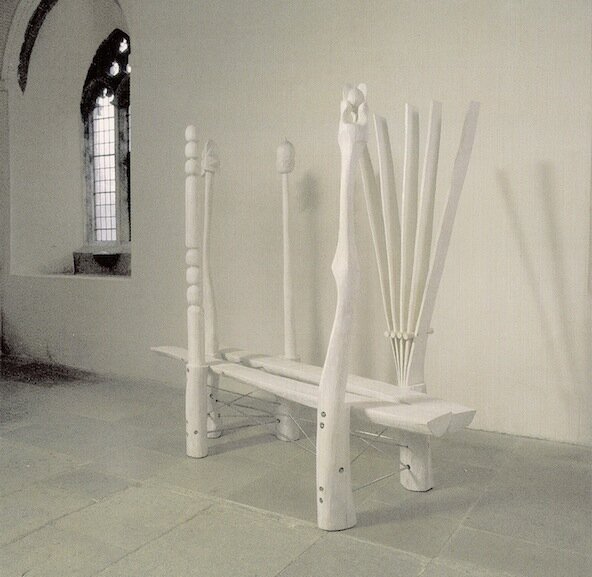THE SCUPLTOR and painter Carolyne Kardia is taking part in Dorset Art Weeks every day (except Thursdays) between Saturday, May 26 and Sunday, June 10. To mark the occasion here is a piece about her first published in 2002 in a handsome little booklet produced as part of a project called TM1 (short for tenminusone). TM1 featured nine artists based in West Dorset, each of whom had a little essay written about them by Sara Hudston, although her name didn’t appear.
The scheme (as far as I can remember) had two aims. First, to try to promote the careers of individual artists. Second, to improve the economy of West Dorset by showing it to be an attractive, creative place – somewhere worth visiting and worth doing business.
The scheme was funded by West Dorset District Council, South West Arts, and the South West of England Regional Development Agency.
The whole project has now been almost entirely forgotten, and the TM1 booklets are extraordinarily rare pieces of printed ephemera.
Now, clearly I’m biased, as I’m married to Sara Hudston, but it’s long seemed to me that her short essays were excellent pieces of work that deserve to be re-published and read. Jonathan Hudston
Scarlet, green, puce, violet, orange, blue, fuschia, jade, pink, crimson, lime, rose, yellow, black, sapphire.
Carolyne Kardia’s paintings challenge the eye. Bursts of hot colour swirl and dance, splinter and explode. Abstract shapes push out against their boundaries, barely contained within square formats. These energetic paintings concentrate on the present instant, endeavouring to capture the immediacy of the physical interaction between artist and painting.
Kardia’s fragile site-specific sculpture shares this characteristic emphasis on working in the here and now. In both practices she creates moments of crisis when artistic choices have to be confronted and decisions made.
The uplifting exhilaration of Kardia’s paintings contrasts forcibly with the more meditative mood of her sculptural installations. These are cast from high-grade white plaster, which is mixed, poured into sheets and then lifted and formed as the material begins to solidify. Kardia has little time before the plaster sets completely, cracks and breaks. She works against the limits of the material, accepting failure as an inbuilt part of the process.
All Kardia’s installations are made on site in response to the characteristics of their settings. One recent commission was for a prison cell in a former courthouse. Although purely abstract in form, the overlapping curved sheets of plaster built arouind the cell bench gave a powerful impression of departed presence, conveying an almost psychic imprint of the emotions that the room had once contained.
Kardia refrains from colouring her sculptures and is content to let the plaster’s matt surface assume subtle, ambient tints from the surrounding light. She often displays paintings alongside her three-dimensional forms and it is illuminating to see the two together. The installation establishes a spatial dialogue with its setting and offers refreshing respite from colour, while the paintings provide a multi-coloured explication of the shapes and themes present in her sculpture.
Kardia trained as a sculptor and first began to use colour in 1987 with the concurrent expansion of her painting practice. She continues to experiment with a variety of materials, mainly pastels, oils, watercolour and acrylic on paper, canvas and wood. Each provides an opportunity to explore how individual pigments respond to different methods of application and their proximity to other colours. The results are comparable to a dance or song where rhythms emerge and change, never stable, never still.
Carolyne Kardia: Bold user of pigment
Carolyne Kardia studied at St Martin’s School of Art and then the Royal College of Art in London, receiving an MA in Sculpture in 1977. She also completed a postgraduate diploma in art and psychology at Hertfordshire College of Art. Her early work took the form of sculptural installation with cast components made in response to the architecture of particular gallery spaces. Painting became a central part of her practice once she began to work in colour.
She continues to make site-specific sculpture, often in conjunction with two-dimensional work. Of her bold use of pigment, Kardia says: “The colours aim to speak of themselves, to be disassociated from their method of application and soar above themselves, but equally they are rooted in the materiality of pigment and surface.”
Carolyne Kardia and Dorset Art Weeks
Open from 11am – 6pm, every day except Thursdays betweeen May 26 and June 10, at Fir Tree Farm, Bridport Road, Broadwindsor, West Dorset, DT8 3LA. From Bridport take the B3162 towards Broadwindsor, and three-quarters of a mile before reaching the village turn left up a track. Look out for the yellow sign!
